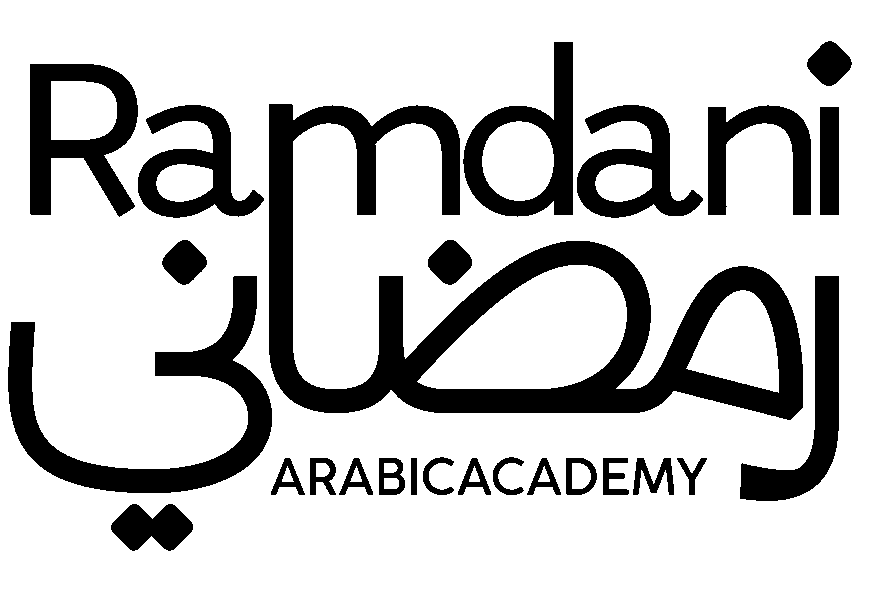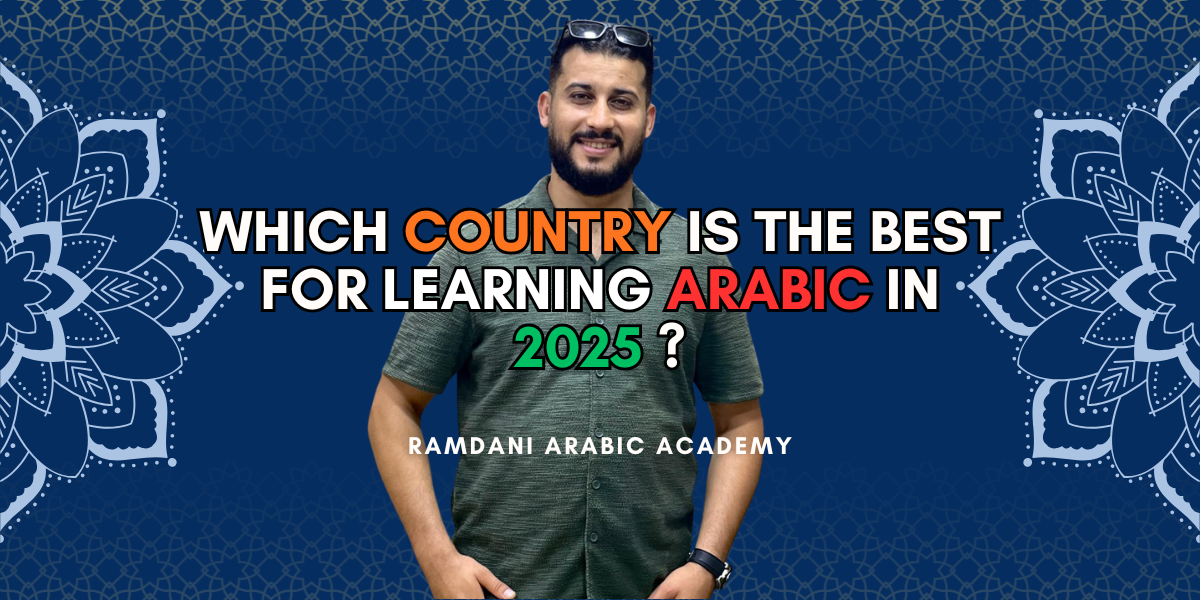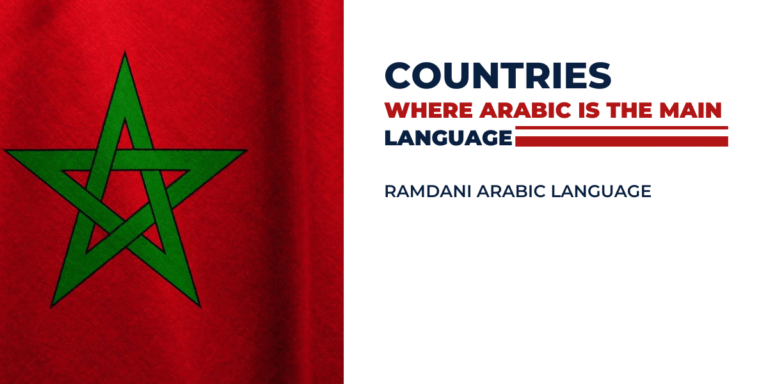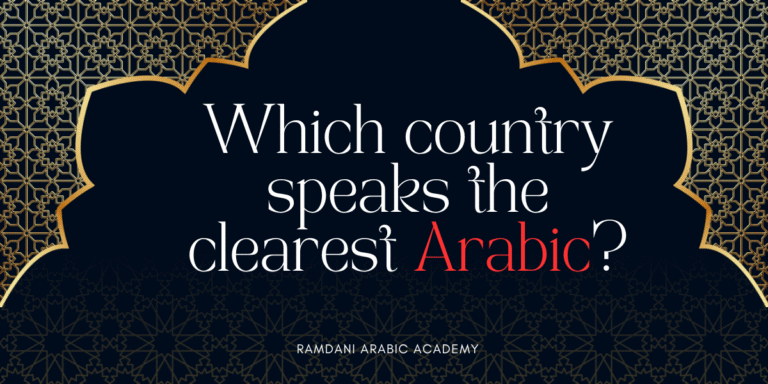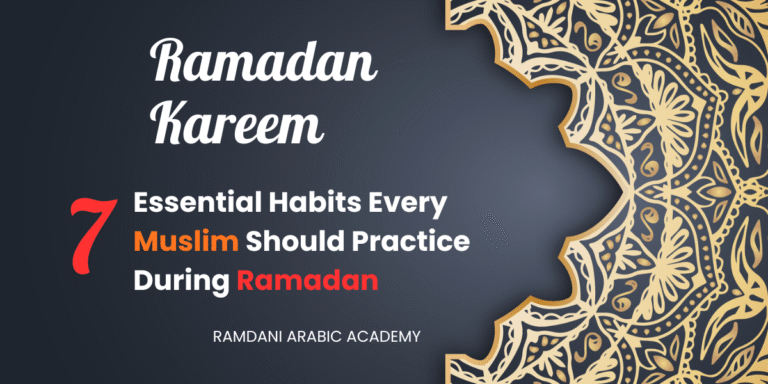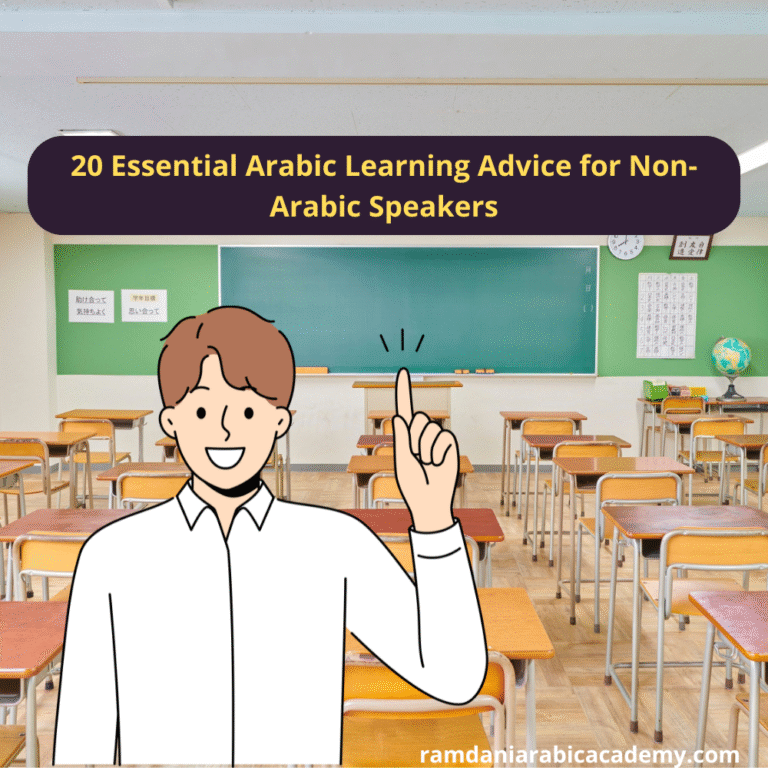Which country is the best for learning Arabic in 2025?
Arabic is a language that has shaped history, culture, and communication across the world. Spoken by more than 400 million people, it carries not only the weight of centuries but also a vibrant presence in contemporary life. For learners, Arabic opens doors to literature, business, travel, religion, and global communication. Choosing to learn Arabic is not just about studying a language; it is about stepping into a rich cultural world, understanding its traditions, and connecting with its people.
Many students begin their Arabic journey online, using courses, videos, and apps. These resources provide a strong foundation, but for full fluency, immersion is often essential. Living in an Arabic-speaking country allows learners to practice daily, understand dialects, and experience the language in context. But not all countries offer the same opportunities for language acquisition. Differences in dialect, cultural openness, teaching styles, and accessibility can significantly impact your learning experience.
Some learners are drawn to countries with a strong classical Arabic presence. Egypt, for instance, is famous for its long-standing institutions for Arabic studies. Cairo, with its historical libraries and universities, attracts students from around the world. The Egyptian dialect is widely understood across the Arab world, making it a practical choice for travelers and professionals alike. Lebanon and Jordan are other options for those seeking a mix of modern and classical Arabic exposure, combined with cultural richness and educational infrastructure.
Other learners may prioritize immersion in daily life over formal study. Morocco, with its unique blend of Arabic, Berber, and French influences, offers a different perspective. Living in Moroccan cities allows students to interact with locals in markets, cafes, and cultural events, providing constant, real-life practice. The Gulf countries, including the UAE and Saudi Arabia, present modern urban environments with growing educational programs and strong business connections, ideal for learners focused on professional Arabic.
Choosing the right country is not just about language. Safety, cost of living, ease of visa access, and cultural openness play a role. Students need to balance their educational goals with practical considerations. For some, a smaller country with a friendly community might work best. For others, a larger country with diverse opportunities and institutions will be more suitable.
At Ramdani Arabic Academy, we guide learners to make informed choices. Understanding which country matches your learning style, goals, and lifestyle is critical. Our courses are designed to prepare you before traveling, so when you arrive, you can engage fully with the language. Learning Arabic abroad is a unique journey that combines education, adventure, and personal growth.
In the following sections, we will explore the countries that provide the best environment for Arabic learning. We will discuss dialects, institutions, cultural exposure, and practical considerations. By the end, you will have a clear idea of where your Arabic learning journey could flourish, and how to maximize your time abroad.

Egypt: A Hub for Arabic Learning
Egypt has long been a center for Arabic language study. Its universities, cultural institutions, and historical significance make it a top choice for learners. Cairo, the capital, is home to Al-Azhar University, one of the oldest and most respected institutions in the Arab world. Al-Azhar offers structured courses in Modern Standard Arabic (MSA) and classical Arabic, alongside religious and cultural studies. For learners, studying here provides access to expert teachers, extensive libraries, and an environment steeped in language tradition.
The Egyptian dialect is another advantage. It is widely understood across the Arab world due to Egypt’s dominant media industry. Movies, television, and music from Egypt reach millions of Arabic speakers, giving learners exposure even before arrival. This familiarity makes daily communication easier and accelerates conversational skills.
Living in Egypt allows students to immerse themselves fully. Markets, cafes, and public transportation become classrooms for real-life language practice. Learners quickly pick up vocabulary, idioms, and pronunciation in authentic settings. Interaction with locals also teaches cultural nuances, gestures, and social norms, which are essential for fluency.
Beyond Cairo, cities like Alexandria and Luxor offer unique experiences. Alexandria provides a coastal setting with a mix of modern and historical influences, while Luxor immerses learners in Egypt’s ancient civilization. Each city has language centers, smaller institutes, and cultural programs, giving students flexibility to choose the environment that fits their learning style.
Egypt is also accessible in terms of cost. Compared to some Gulf countries, living expenses, tuition, and daily needs are generally more affordable. This allows students to stay longer, participate in cultural activities, and explore the country without excessive financial pressure.
Challenges exist, as with any destination. Traffic, crowded cities, and occasional bureaucratic hurdles can test patience. Understanding local customs and preparing for cultural differences helps learners adapt faster. Language programs often include orientation sessions and support networks to guide students through these challenges.
Overall, Egypt combines academic resources, cultural richness, and practical accessibility. For learners aiming for both formal study and real-world practice, it remains one of the most effective countries to learn Arabic.
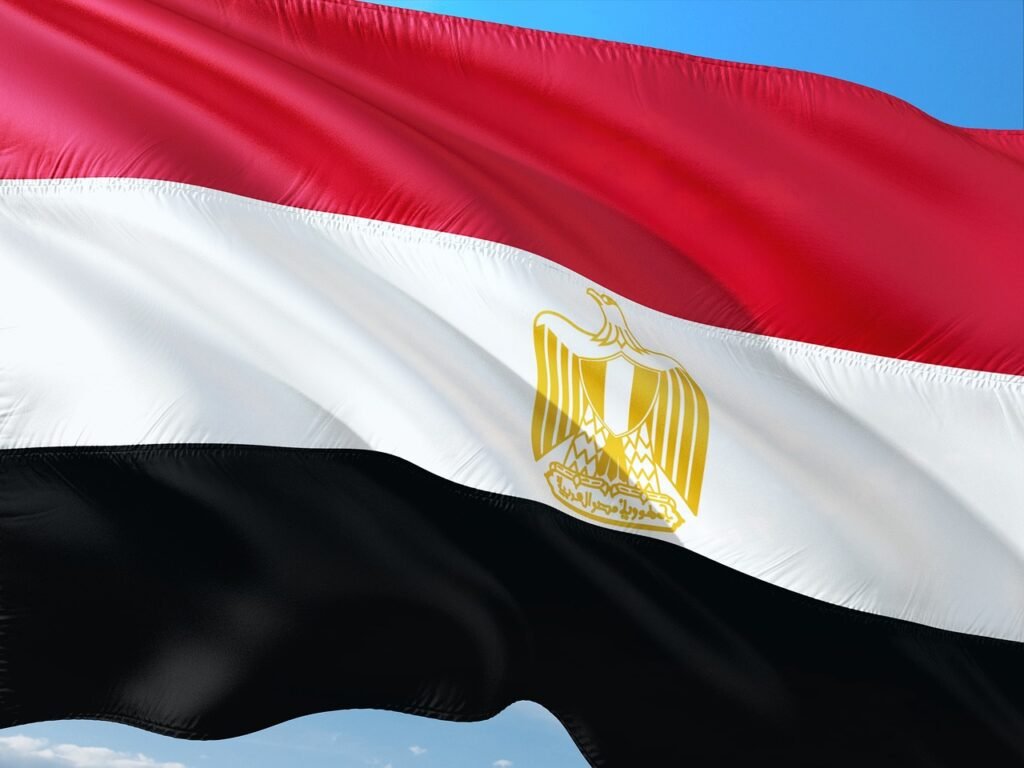
Jordan and Lebanon: Learning Arabic in the Levant
Jordan and Lebanon offer a different experience from Egypt. While Egypt focuses on a mix of classical and media-friendly dialects, the Levant countries emphasize Levantine Arabic, known for its clarity and melodic pronunciation. This makes communication in daily life smooth and enjoyable for learners.
In Jordan, Amman stands out as a center for language learning. Universities and private language institutes offer structured programs in Modern Standard Arabic and colloquial Jordanian Arabic. Smaller towns and communities provide immersive experiences where learners can interact with locals, participate in cultural events, and practice in everyday situations. Jordan’s political stability and friendly population make it easy for students to integrate into local life.
Lebanon, on the other hand, combines language learning with cultural diversity. Beirut is a cosmopolitan city with numerous Arabic courses, cultural centers, and language exchange opportunities. Lebanon’s mix of Arabic, French, and English influences creates a dynamic environment for learners. Exposure to multiple languages sharpens understanding of Arabic structure and usage, while daily life in cafes, markets, and public spaces allows practical application of skills.
Both countries excel in cultural exposure. Learners gain insights into traditions, history, music, and cuisine while practicing the language naturally. In Jordan, excursions to Petra, the Dead Sea, and desert communities add depth to the learning experience. In Lebanon, exploring historic cities, coastal towns, and mountain villages introduces learners to varied dialects and local expressions.
Cost and accessibility are manageable. While Lebanon’s living expenses can be higher in Beirut, smaller cities offer more affordable options. Jordan generally provides moderate living costs and safe environments for students. Language institutes in both countries often include housing options, cultural activities, and support services to make adaptation easier.
Challenges include dialect differences. Levantine Arabic varies between regions, so learners need to focus on one area while remaining flexible. Political situations can occasionally affect travel plans, so awareness and preparation are essential.
Jordan and Lebanon appeal to learners who want a balanced mix of formal study, immersive daily practice, and cultural engagement. The Levant provides a friendly, approachable environment that accelerates language acquisition while offering experiences that extend beyond the classroom.
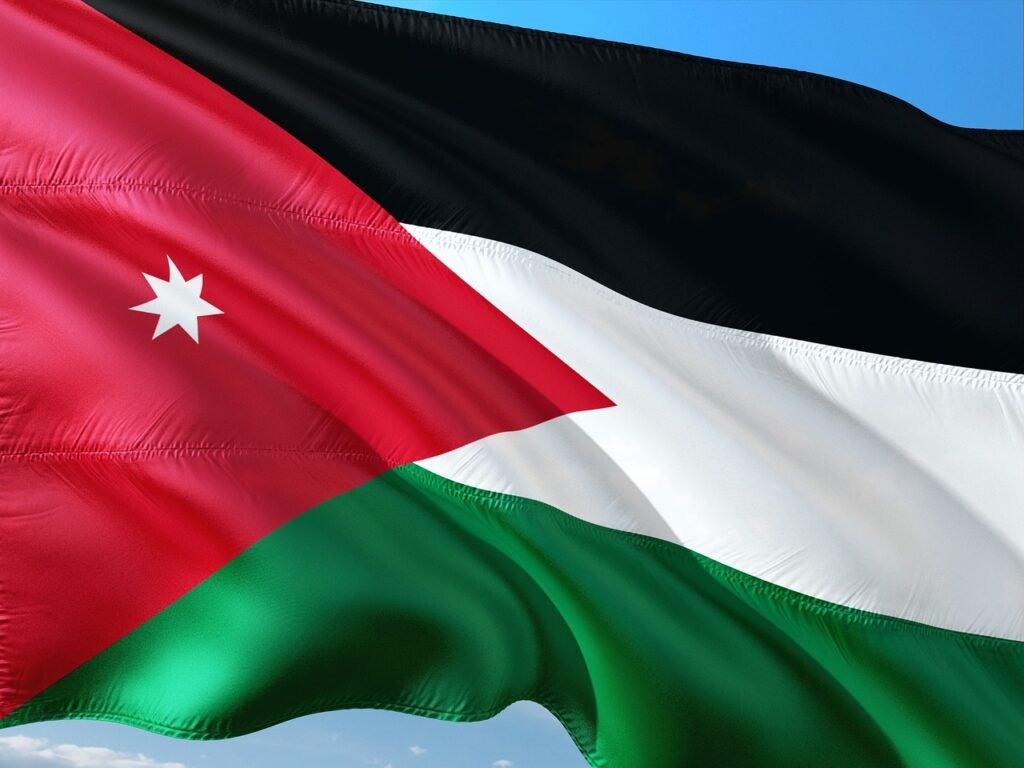
Morocco and the Maghreb: Learning Arabic in a Diverse Cultural Setting
Morocco and other Maghreb countries—Algeria, Tunisia, and Libya—offer a unique approach to learning Arabic. The region combines Arabic with Berber and French influences, creating a rich linguistic environment. For learners, this diversity provides a broader perspective on how Arabic functions in different societies.
Morocco stands out for its accessible language programs. Cities like Rabat, Casablanca, and Fez host universities and private institutes that teach Modern Standard Arabic along with Moroccan Arabic, known as Darija. While Darija differs significantly from classical Arabic, learning it allows students to communicate effectively with locals in daily life. This practical skill helps learners navigate markets, public transport, and social interactions, providing constant reinforcement outside the classroom.
Living in Morocco gives students immersion in a vibrant cultural life. Markets, festivals, and community gatherings provide real-life practice. Moroccan cuisine, music, and traditions enrich the language experience, creating connections that go beyond vocabulary. Small towns and rural areas offer opportunities for intensive immersion, as learners interact with communities less exposed to foreign languages, forcing practical use of Arabic.
Tunisia and Algeria offer similar experiences. Tunisia has a well-established network of language centers, particularly in Tunis, combining Modern Standard Arabic education with practical exposure to local dialects. Algeria’s universities provide formal courses in classical Arabic while its cities and towns present learners with regional dialects and daily-life immersion.
Challenges in the Maghreb include dialect complexity and multilingual environments. French influence can sometimes overshadow Arabic, and dialects vary significantly between regions. Learners need to focus on one area or dialect for effective communication while remaining flexible to understand others.
Cost of living is generally moderate. Morocco and Tunisia are affordable for long-term study, allowing learners to stay longer, travel, and participate in cultural activities. Housing, language programs, and cultural immersion packages are widely available and often include support networks for international students.
For learners seeking a combination of linguistic diversity, cultural richness, and practical engagement, Morocco and the Maghreb provide a compelling option. The experience extends beyond classrooms, emphasizing daily use, social interaction, and understanding regional variations of Arabic.

Gulf Countries: Modern Learning and Professional Opportunities
The Gulf region, including the United Arab Emirates, Saudi Arabia, and Qatar, provides a different approach to learning Arabic. These countries offer modern educational infrastructure, professional opportunities, and exposure to Gulf dialects, which are widely recognized in the business world.
The UAE, particularly Dubai and Abu Dhabi, has become a hub for international students. Language centers, universities, and cultural programs offer structured courses in Modern Standard Arabic and Gulf Arabic. The cities are cosmopolitan, with many expatriates, so learners can practice Arabic in both formal settings and daily interactions with locals. The UAE also offers short-term intensive courses, workshops, and cultural immersion programs, making it flexible for different learning goals.
Saudi Arabia has historically been associated with classical Arabic due to its religious significance. Cities like Riyadh and Jeddah provide strong programs in Modern Standard Arabic and Quranic Arabic. Learners here gain exposure to formal Arabic used in religious, academic, and official contexts. Saudi Arabia also encourages cultural immersion through community programs, university initiatives, and local events.
Qatar offers a mix of educational excellence and cultural experience. Its universities and language centers provide high-quality courses, often in English-Arabic bilingual settings. Qatar’s focus on modern education and professional development allows learners to combine language study with career opportunities or research projects.
The Gulf countries excel in combining Arabic learning with professional and technological environments. Learners can engage with business communities, participate in conferences, and access modern media in Arabic. This exposure is ideal for those aiming to use Arabic professionally, in diplomacy, business, or international organizations.
Challenges include cost and social adaptation. Living expenses in the Gulf are higher than in North Africa or the Levant. Cultural norms and regulations can require adjustment, especially for female learners and international students. Preparing for these differences and understanding local customs ensures a smoother learning experience.
For learners focused on modern Arabic, professional applications, and exposure to Gulf culture, the UAE, Saudi Arabia, and Qatar offer significant advantages. Structured courses, modern infrastructure, and immersion in daily life create an environment where language skills develop rapidly and effectively.

Practical Advice for Choosing the Best Country to Learn Arabic
Choosing the right country for learning Arabic depends on more than just language programs. Consider your goals, lifestyle, and resources to make the most of your experience.
Start with your learning objectives. Do you want to focus on Modern Standard Arabic, a specific dialect, or both? Countries like Egypt and Saudi Arabia offer strong foundations in classical and formal Arabic. If your goal is daily conversational fluency, countries in the Levant or Morocco may provide more immersive, practical experiences.
Evaluate cultural compatibility. Each country has unique traditions, social norms, and daily routines. Lebanon and Jordan are relatively liberal and open, making adaptation easier for many international students. The Gulf countries have stricter regulations and social expectations, which require preparation and awareness. Understanding local customs before traveling reduces cultural shocks and allows smoother integration.
Consider cost and living conditions. Tuition fees, accommodation, transportation, and daily expenses vary widely. Morocco, Tunisia, and Jordan tend to be more affordable. The UAE, Qatar, and Saudi Arabia have higher costs but provide modern facilities and professional opportunities. Balance your budget with the length of stay and your learning goals.
Plan for immersion. Language skills develop fastest when practiced consistently. Participate in community activities, join language exchanges, and interact with locals daily. Markets, cafes, public transport, and social events become classrooms outside formal study. The more you speak, listen, and engage, the faster your Arabic improves.
Research institutions and programs. Look for accredited language centers, universities, or cultural institutes that provide structured courses, experienced teachers, and support for international students. Check for housing options, cultural activities, and language clubs to enhance your experience.
Prepare academically before traveling. Studying Arabic online or through courses at Ramdani Arabic Academy builds a solid foundation. By the time you arrive in an Arabic-speaking country, you can focus on conversation, cultural adaptation, and real-life application rather than starting from scratch.
Maintain flexibility. Dialects, accents, and local expressions differ between regions. Embrace these differences as part of the learning journey. Even if your primary focus is one dialect, exposure to others will improve comprehension and broaden your skills.
By considering your goals, cultural preferences, costs, and immersion opportunities, you can choose a country that aligns with your needs. Effective preparation, active participation, and open-mindedness are key to maximizing your Arabic learning experience abroad.

Maximizing Your Arabic Learning Journey
Learning Arabic is a journey that combines study, practice, and cultural immersion. Choosing the right country is one of the most important decisions you will make. Consider your goals, budget, lifestyle, and preferred dialect. Egypt offers classical Arabic and widely understood dialects. Jordan and Lebanon provide a friendly Levantine environment. Morocco and the Maghreb give exposure to diverse dialects and daily-life practice. The Gulf countries combine modern education with professional and business opportunities.
Regardless of location, preparation is key. Build a foundation with structured courses, online lessons, or language apps before traveling. Practice daily, engage with locals, and take advantage of cultural experiences. Immersion accelerates learning and deepens your understanding of the language and its people.
At Ramdani Arabic Academy, we support learners at every stage. Our courses, articles, and resources provide structured lessons and practical exercises that prepare you for real-life Arabic. Whether you study at home or abroad, our academy equips you with the skills to communicate confidently and succeed in your learning journey.
As the founder of Ramdani Arabic Academy, I understand the challenges learners face. I have designed our programs to bridge the gap between online study and immersive experiences abroad. Our goal is to make Arabic accessible, practical, and engaging for learners worldwide.
Choosing the right country and preparing effectively will transform your Arabic learning experience. Stay curious, practice consistently, and embrace cultural immersion. Your journey to fluency is achievable with the right approach, preparation, and guidance.
